20 Plants That Freshen Your Home and Keep Mold at Bay
Maintaining a comfortable and healthy indoor environment can be challenging, especially when dealing with excess moisture and mold. Fortunately, certain houseplants can help regulate humidity levels and fight condensation without requiring much attention. These easy-to-grow plants not only add beauty to your space but also work as natural air purifiers. By absorbing moisture, they help reduce the chances of mold growth and create a fresher, more breathable atmosphere. Whether you have a high-humidity bathroom or a condensation-prone kitchen, these plants can thrive in various indoor conditions. With minimal care, they can make a noticeable difference in both your home’s air quality and aesthetic.
This post may contain affiliate links, which helps keep this content free. Please read our disclosure for more info.
Spider Plant
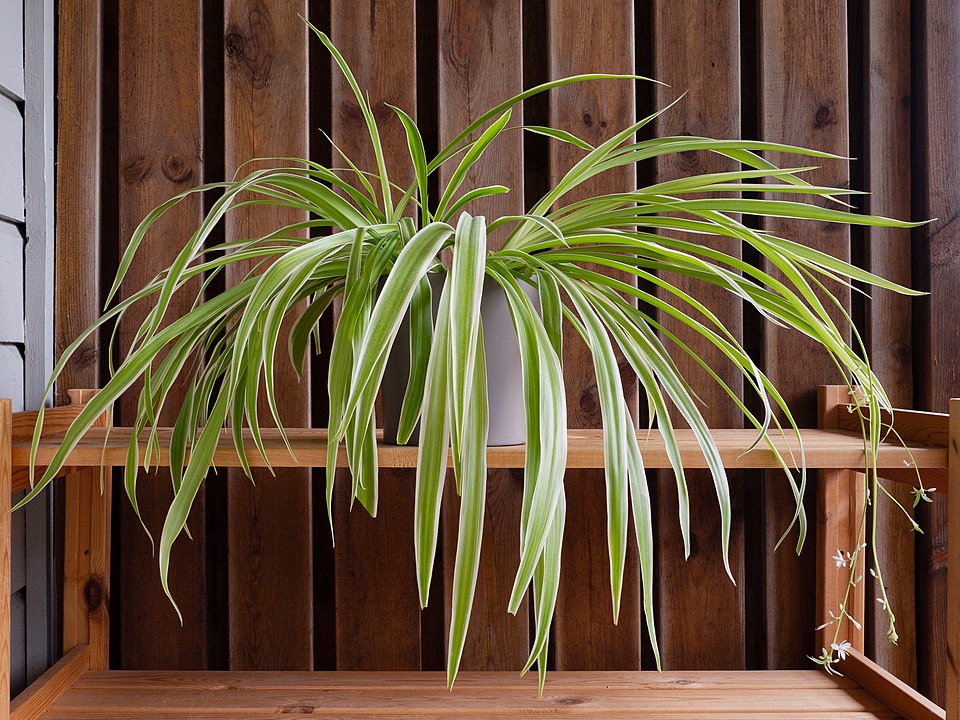
The Spider Plant is known for its ability to remove toxins from the air and regulate humidity levels. It thrives in indirect light and requires minimal care, making it a great option for those new to houseplants. Its long, arching leaves help to trap moisture in the air, which reduces condensation. This plant also has the unique ability to absorb excess water, preventing dampness from accumulating in indoor spaces.
It requires well-drained soil and occasional watering, but it is fairly tolerant of neglect. Spider plants also produce small white flowers and offshoots that add an attractive element to any indoor space. This low-maintenance plant can be placed in kitchens, bathrooms, or anywhere that humidity tends to accumulate.
English Ivy
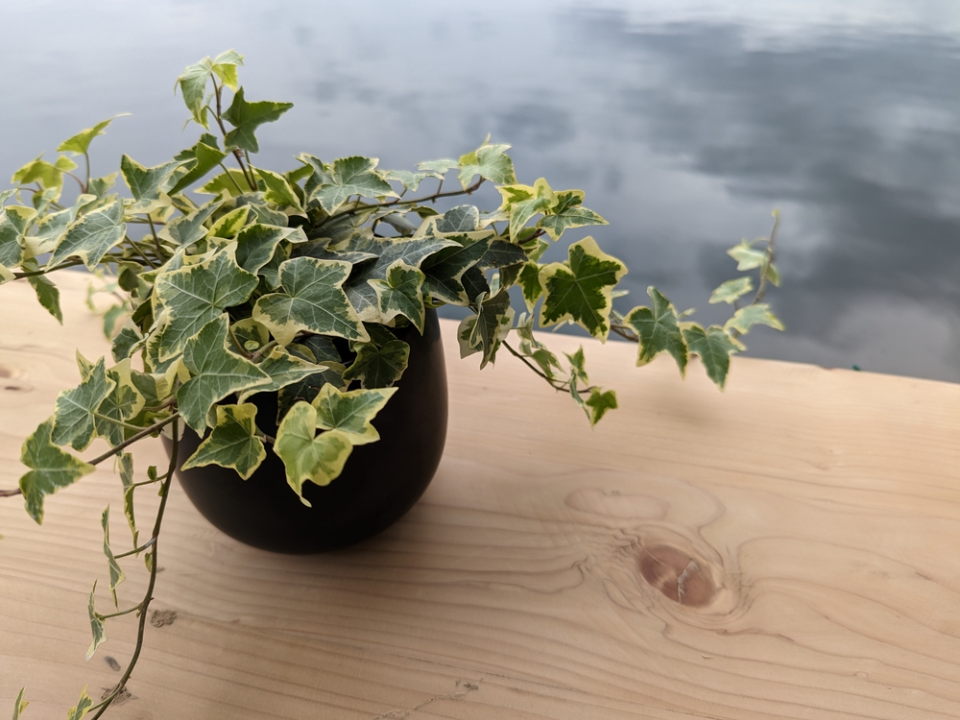
English Ivy is another versatile plant that thrives in both low and bright light conditions. It is an excellent choice for homes prone to high humidity and mold growth. Its dense, trailing vines can cover large areas, providing both aesthetic value and a mold-fighting effect. The plant’s leaves help absorb moisture from the air, thus reducing condensation on windows and walls.
In addition to fighting mold, English Ivy is effective at purifying the air by removing common indoor pollutants. It requires well-drained soil and moderate watering. Regular trimming will help maintain its size and encourage healthy growth, making it an ideal low-maintenance houseplant.
Aloe Vera
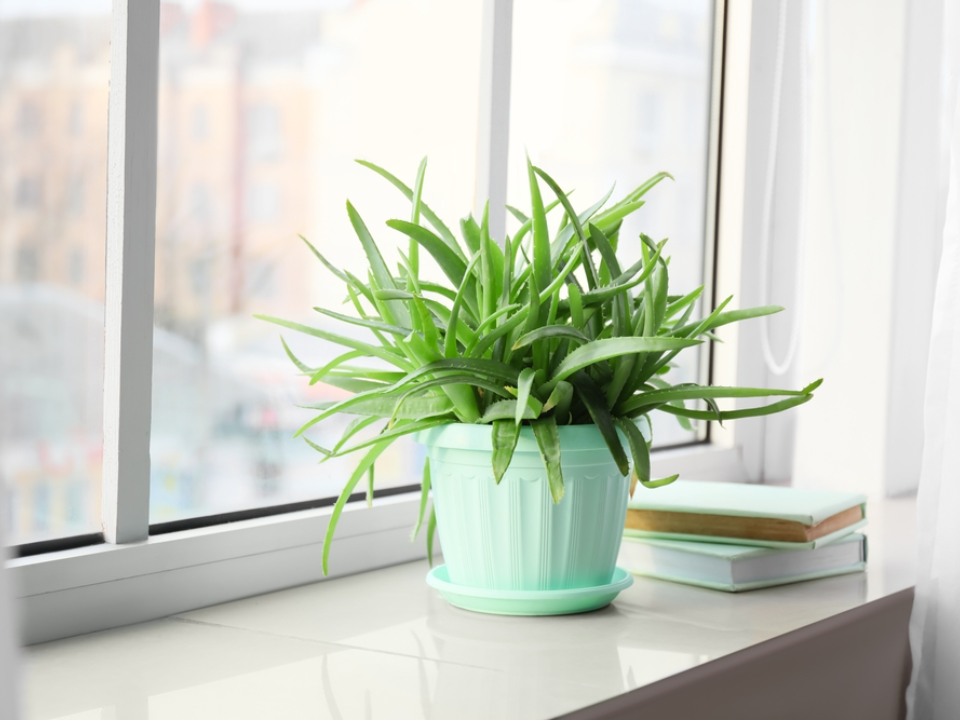
Aloe Vera is often considered a healing plant, known for its soothing gel used for burns and cuts. It also acts as a natural air purifier, absorbing moisture from the air and reducing condensation indoors. Aloe Vera thrives in dry, warm conditions, making it perfect for homes that are prone to excessive humidity.
It requires minimal watering and plenty of sunlight. Aloe Vera is a great addition to any indoor space, from bathrooms to kitchens, as it thrives in both dry and humid environments. Its ability to reduce indoor humidity makes it a helpful tool in preventing mold growth in your home.
Peace Lily
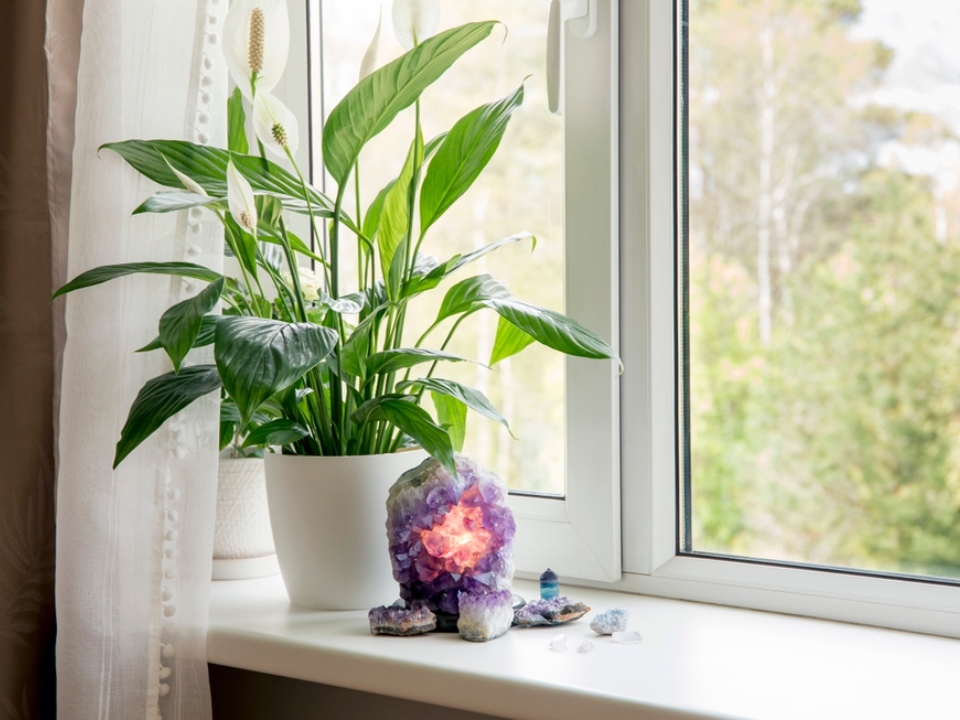
Peace Lilies are known for their beautiful white blooms and their ability to filter the air in your home. They thrive in low-light conditions and require only moderate watering, making them easy to care for. The large, dark green leaves of the Peace Lily help to absorb excess moisture from the air, reducing condensation and humidity that can promote mold growth.
This plant also absorbs toxins such as formaldehyde and benzene, making it an excellent choice for improving indoor air quality. Peace Lilies bloom throughout the year, adding a touch of elegance to any room while fighting mold and excess moisture in the air.
Bamboo Palm
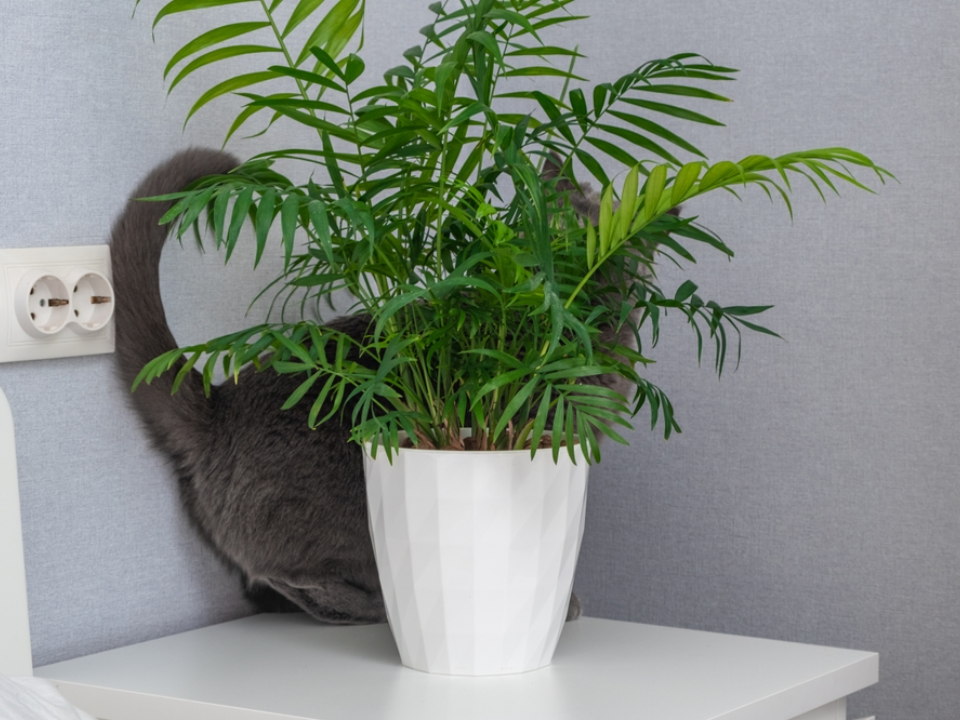
Bamboo Palms are a popular choice for adding a tropical feel to indoor spaces. They are effective at removing moisture from the air, which helps to reduce condensation and mold. This plant thrives in low to bright light, making it suitable for most indoor environments. Bamboo Palms have tall, feathery fronds that can absorb excess moisture in the air, reducing humidity levels that contribute to mold growth.
Bamboo Palms are relatively easy to care for and require moderate watering. They also help purify the air by filtering out harmful chemicals such as trichloroethylene and formaldehyde, making them a valuable addition to any home. Their attractive appearance and mold-fighting abilities make them an ideal choice for areas with high moisture levels.
Boston Fern
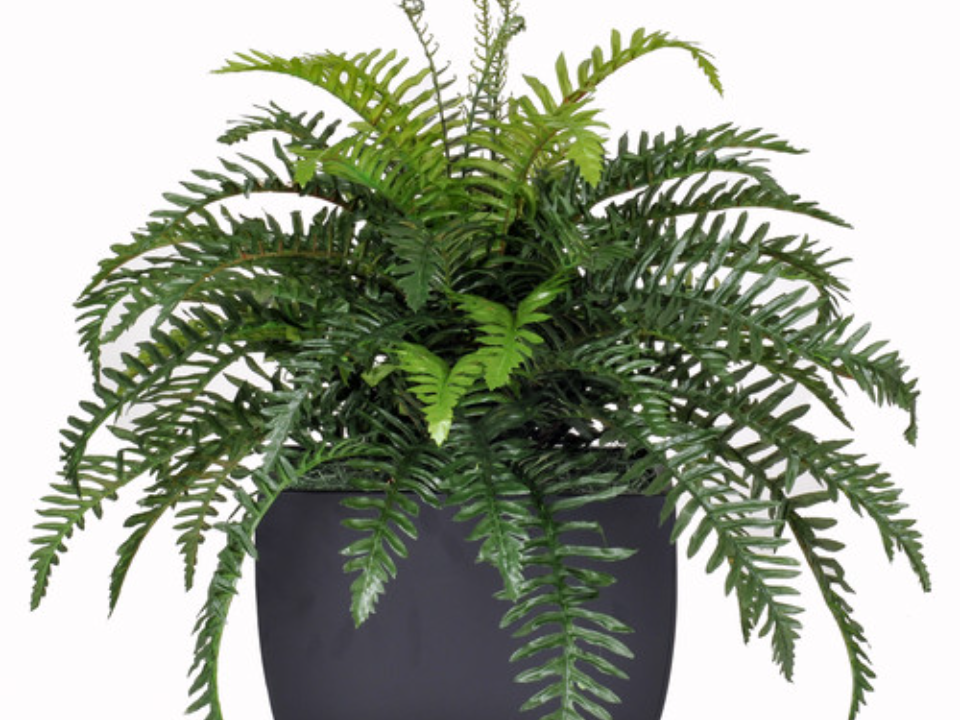
The Boston Fern is a classic houseplant that thrives in humid conditions, making it perfect for areas like bathrooms. Its feathery fronds help to absorb moisture from the air, reducing the chances of condensation buildup on windows and walls. Boston Ferns also act as natural humidifiers by releasing moisture into the air, helping to balance indoor humidity levels.
It requires consistent moisture and indirect light, but it can tolerate different indoor environments. With its attractive green fronds and ability to fight both mold and dry air, the Boston Fern is a great addition to any home that needs help managing moisture.
Snake Plant

The Snake Plant is one of the hardiest houseplants, known for its ability to tolerate a range of conditions. It helps reduce indoor humidity by absorbing excess moisture from the air, making it an excellent choice for homes prone to condensation. Snake plants are particularly beneficial in reducing mold growth due to their air-purifying properties and moisture-absorbing abilities.
This plant thrives in low light and requires minimal watering, making it perfect for busy individuals or those new to houseplant care. Snake plants are also effective at filtering toxins like formaldehyde, contributing to cleaner, healthier indoor air.
ZZ Plant
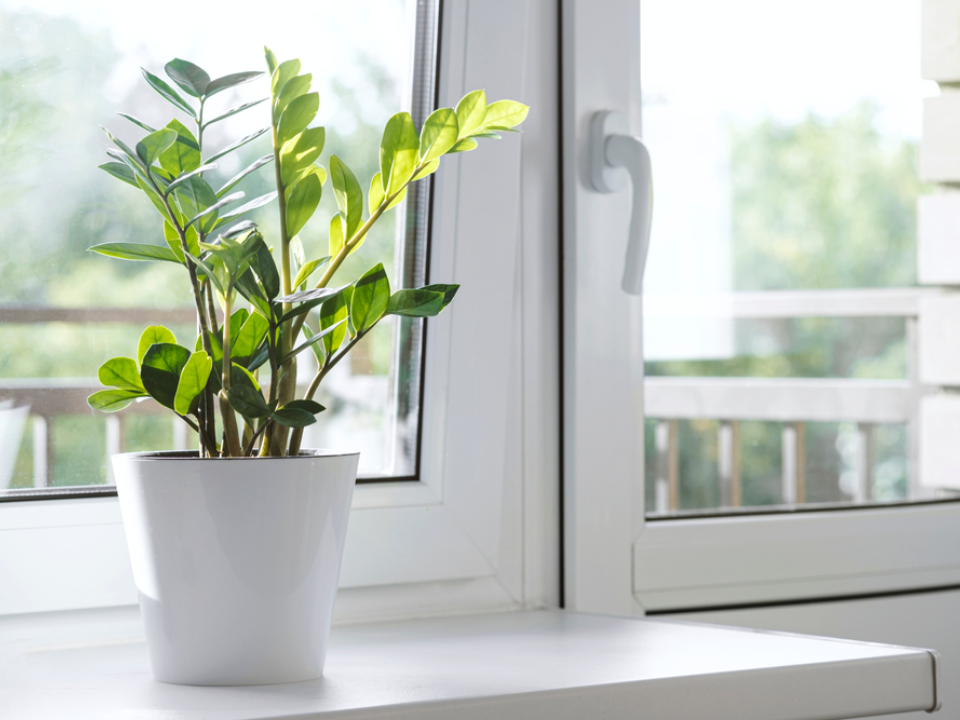
The ZZ Plant is a highly resilient houseplant that can survive in low light and with little water. It is an excellent option for reducing indoor moisture and fighting mold due to its ability to absorb excess humidity from the air. The ZZ Plant has waxy, dark green leaves that help trap moisture and prevent it from accumulating in indoor spaces.
This plant requires little care and can thrive in areas where other plants may struggle. With its striking appearance and humidity-regulating abilities, the ZZ Plant is a great choice for anyone looking to reduce mold and condensation indoors.
Lavender
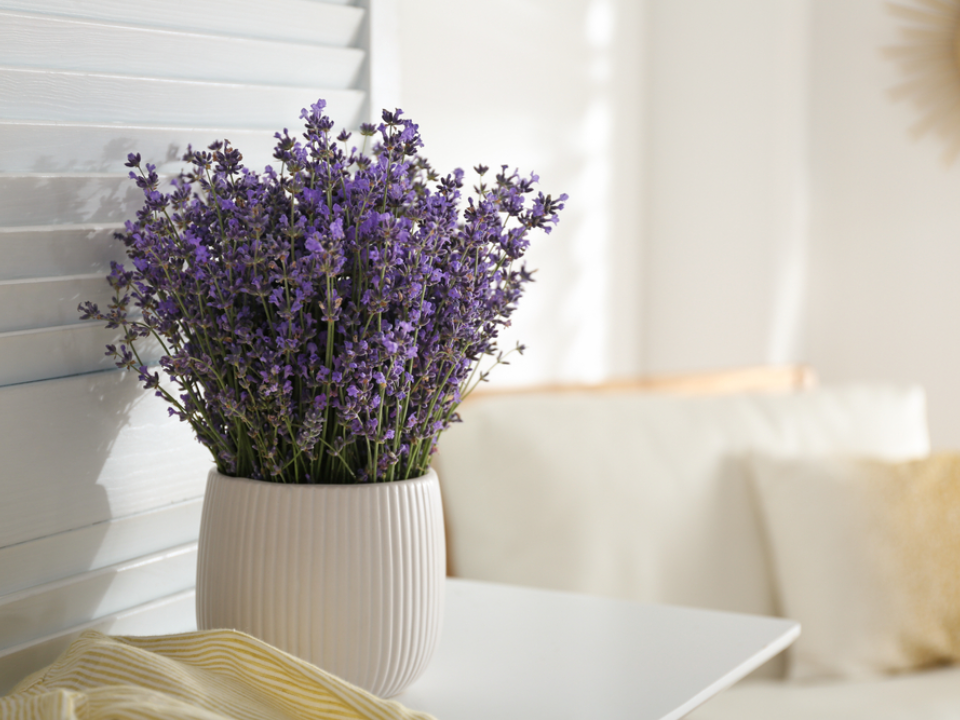
Lavender is not only a fragrant plant but also an effective moisture absorber. It helps reduce humidity in your home by soaking up excess moisture, which can prevent mold and condensation buildup. Lavender thrives in well-drained soil and requires plenty of sunlight, making it an excellent option for bright windowsills or sunny spots.
Aside from its mold-fighting properties, Lavender also offers a pleasant fragrance that can help freshen indoor air. It is low-maintenance and can tolerate dry conditions, making it perfect for areas with fluctuating humidity levels. Its lovely purple blooms add beauty and functionality to any room.
Pothos
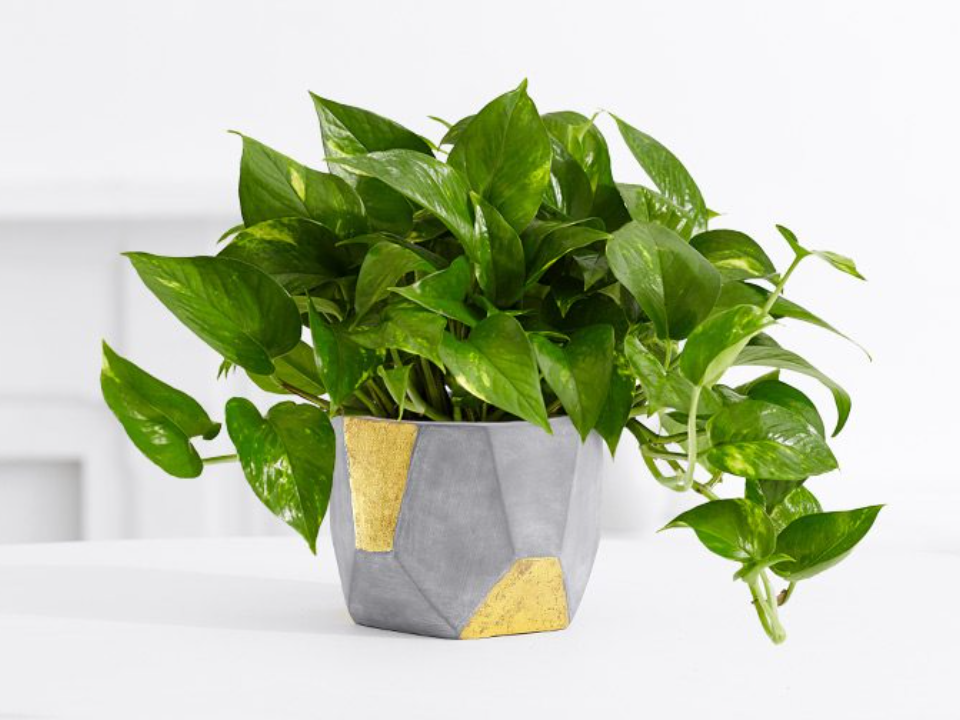
Pothos is an easy-to-care-for houseplant that thrives in a range of light conditions. It is highly effective at reducing moisture in the air, which helps prevent mold and condensation. The long, trailing vines of the Pothos can be trained to grow along walls or shelves, making it an ideal plant for hanging baskets or as a decorative addition to your space.
This plant requires little maintenance and is known for its ability to purify the air. Pothos will absorb excess humidity, making it particularly useful in rooms prone to moisture buildup, such as kitchens and bathrooms.
Rubber Plant
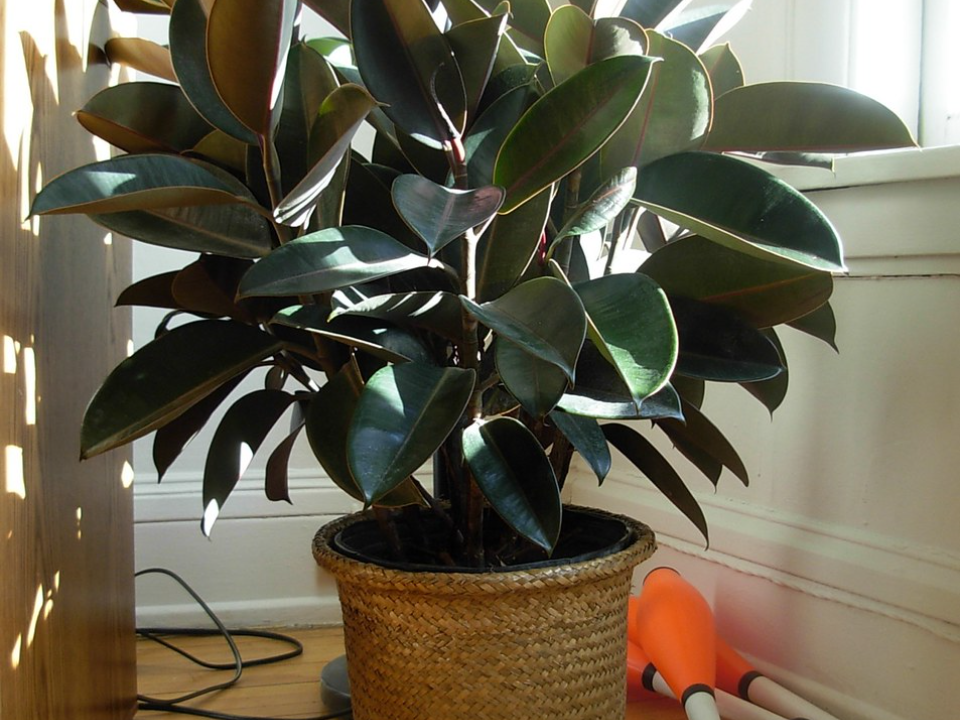
The Rubber Plant is an attractive houseplant with large, glossy leaves that can help absorb moisture from the air. It is particularly effective at reducing condensation and mold growth in spaces with fluctuating humidity levels. Rubber Plants thrive in bright, indirect light and require only occasional watering, making them easy to care for.
Not only does the Rubber Plant help regulate indoor humidity, but it also purifies the air by removing common toxins like formaldehyde. Its striking appearance and moisture-absorbing abilities make it a valuable addition to any home with mold concerns.
Fern Palm
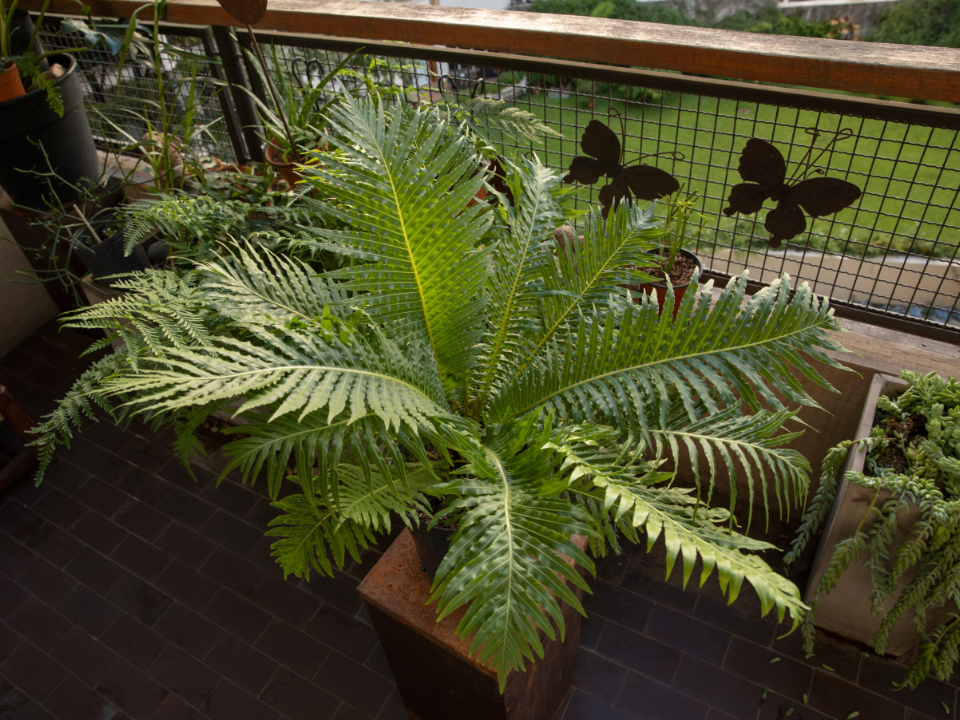
Fern Palms are low-maintenance houseplants that thrive in humid environments, making them ideal for reducing moisture in the air. They are particularly effective at absorbing excess humidity, which helps prevent condensation and mold growth in indoor spaces. Fern Palms are known for their feathery fronds and tropical appearance, adding beauty and functionality to any room.
This plant requires moderate sunlight and watering but is otherwise easy to care for. Fern Palms are also beneficial in purifying the air, making them a great addition to rooms where humidity tends to be high, such as bathrooms or basements.
Gerbera Daisy
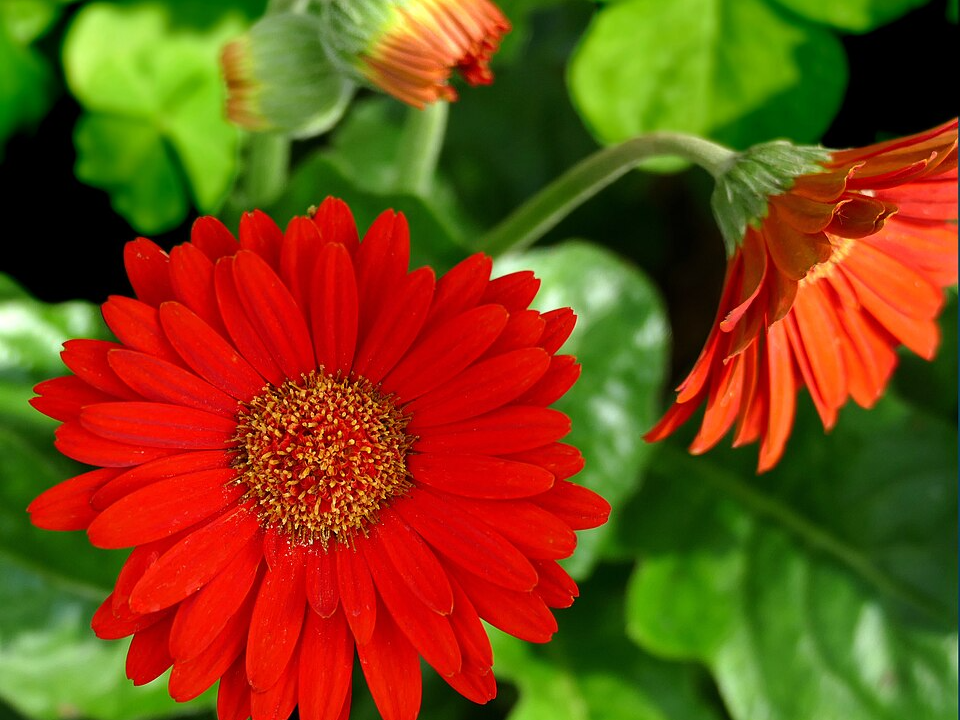
Gerbera Daisies are not only colorful and vibrant, but they also help reduce moisture levels indoors. Their large, bright blooms make them a striking addition to any home, while their ability to absorb humidity makes them valuable in fighting mold. Gerbera Daisies thrive in bright, indirect light and require moderate watering to keep their soil moist.
These plants help prevent condensation by absorbing moisture from the air, creating a healthier indoor environment. Gerbera Daisies also release oxygen at night, further improving air quality and making them a great choice for any room prone to excess moisture.
Cast-Iron Plant
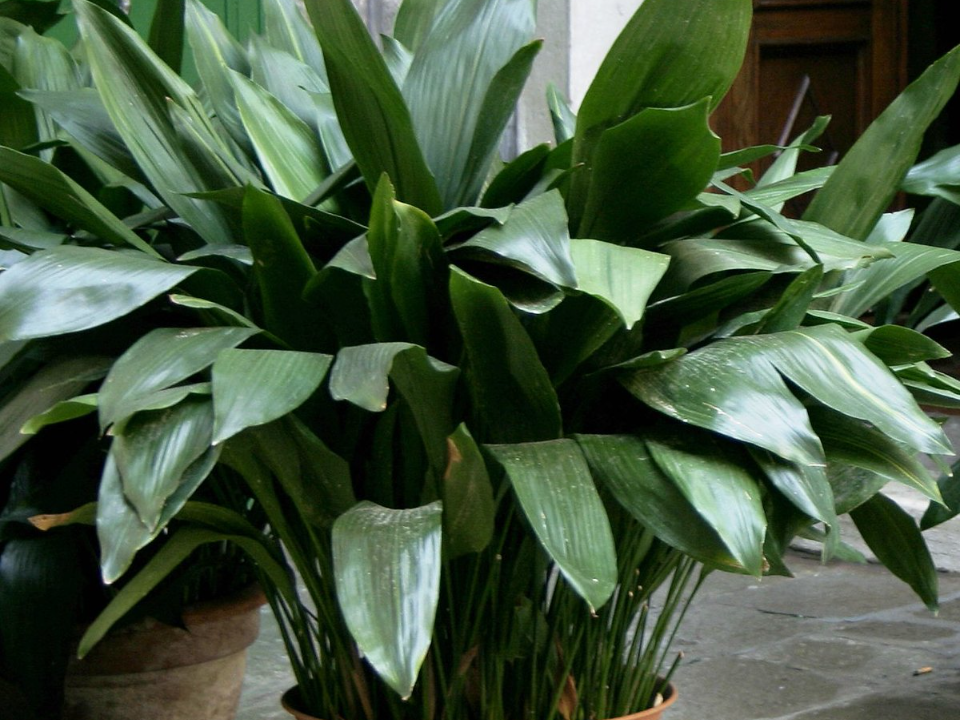
The Cast-Iron Plant is known for its toughness and ability to thrive in a variety of indoor conditions. It is particularly effective at absorbing moisture from the air, making it an excellent choice for reducing mold and condensation indoors. With its dark green, leathery leaves, the Cast-Iron Plant can thrive in low light and requires very little attention.
This plant is ideal for homes with higher humidity levels, as it helps regulate indoor moisture. Its low-maintenance nature and mold-fighting abilities make it an excellent choice for anyone looking to keep their home dry and healthy.
Cactus
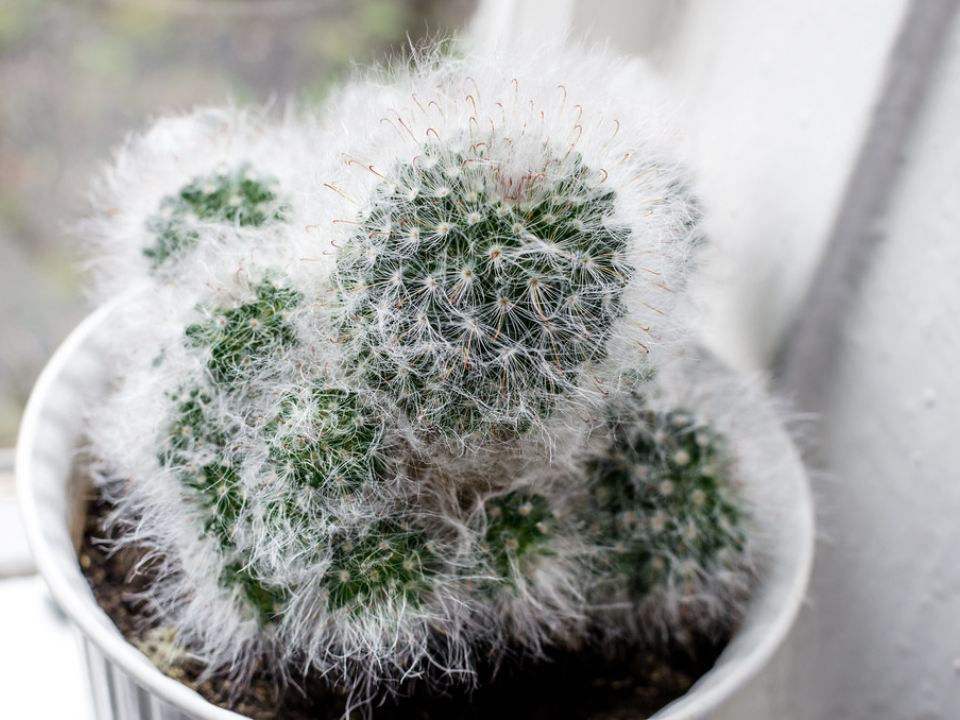
Cacti are well-suited for dry indoor environments, as they require little water and can handle fluctuating humidity levels. They help to prevent excess moisture buildup by absorbing water from the air. Cacti thrive in direct sunlight and need well-draining soil to thrive, making them perfect for bright, dry spaces.
Aside from their ability to reduce moisture and mold growth, cacti are known for their unique and striking appearance. They require minimal care and are perfect for busy individuals who want an easy plant that also helps with moisture control.
Heartleaf Philodendron
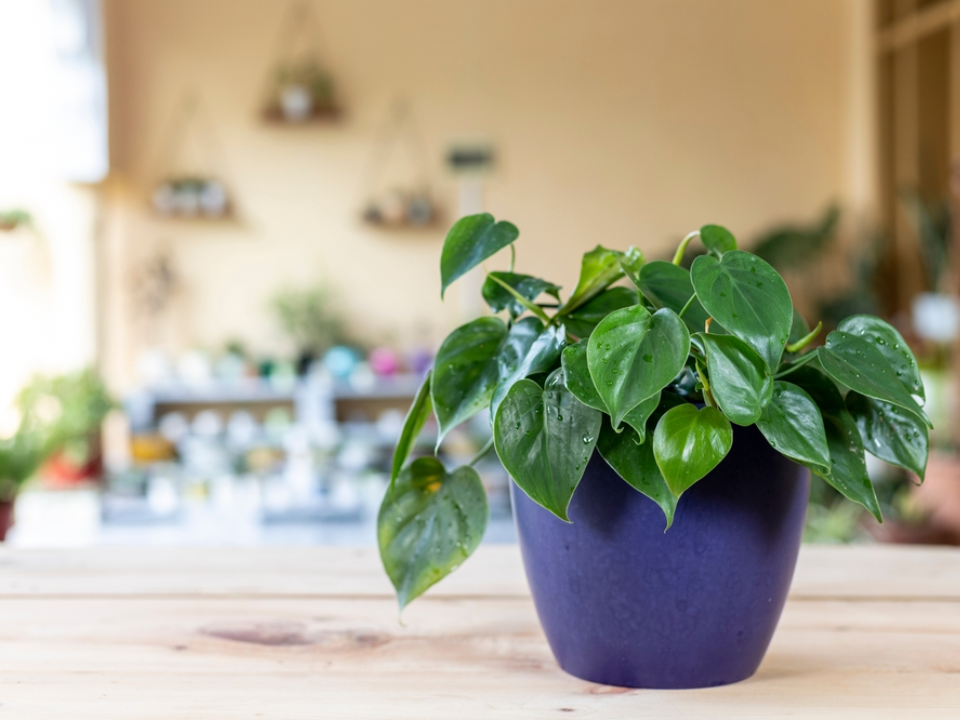
The Heartleaf Philodendron is an attractive plant that helps absorb moisture from the air. Its heart-shaped leaves are great at trapping humidity, preventing condensation from building up in your home. The plant can tolerate a range of light conditions, from low to bright indirect light, making it adaptable to various indoor environments.
This plant is easy to care for and can grow quickly, making it a great option for those looking to fight mold and excess moisture. It requires only occasional watering and will thrive as long as the soil is allowed to dry between waterings.
Ficus
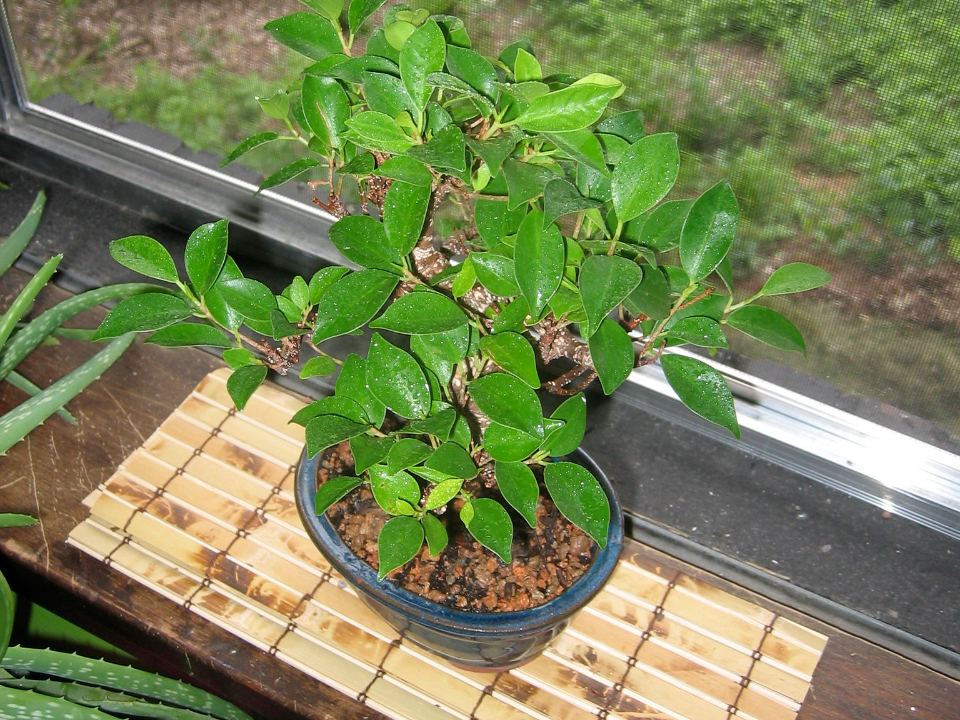
Ficus plants are popular for their ability to absorb moisture and improve indoor air quality. They are particularly effective at reducing condensation and humidity buildup, which can lead to mold growth. Ficus plants thrive in bright, indirect light and require moderate watering to maintain healthy growth.
These plants are also known for their ability to purify the air by removing toxins. Ficus trees and shrubs are a great addition to any room, especially those with fluctuating humidity, as they help maintain a balanced indoor environment.
Christmas Cactus
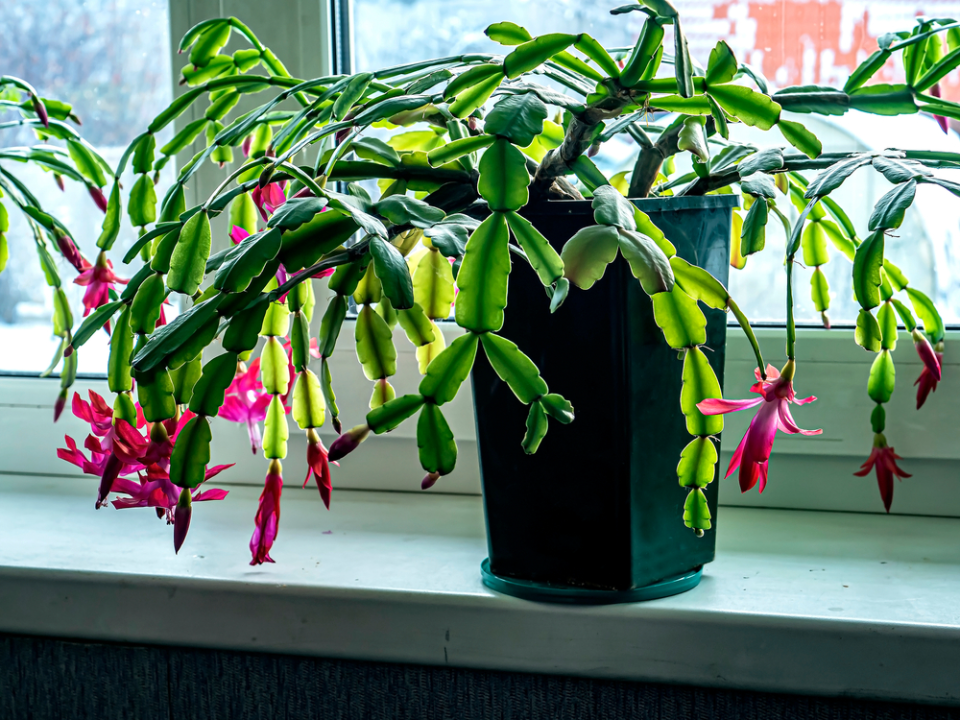
The Christmas Cactus is another hardy plant that can help absorb moisture and reduce condensation in your home. It blooms beautifully during the holiday season, adding color and vibrancy to any room. This plant thrives in moderate light and requires only occasional watering, making it easy to care for.
By reducing indoor moisture, the Christmas Cactus helps to prevent mold growth and ensures a healthy living space. Its cheerful appearance and moisture-absorbing qualities make it a perfect addition to any indoor garden.
Golden Pothos
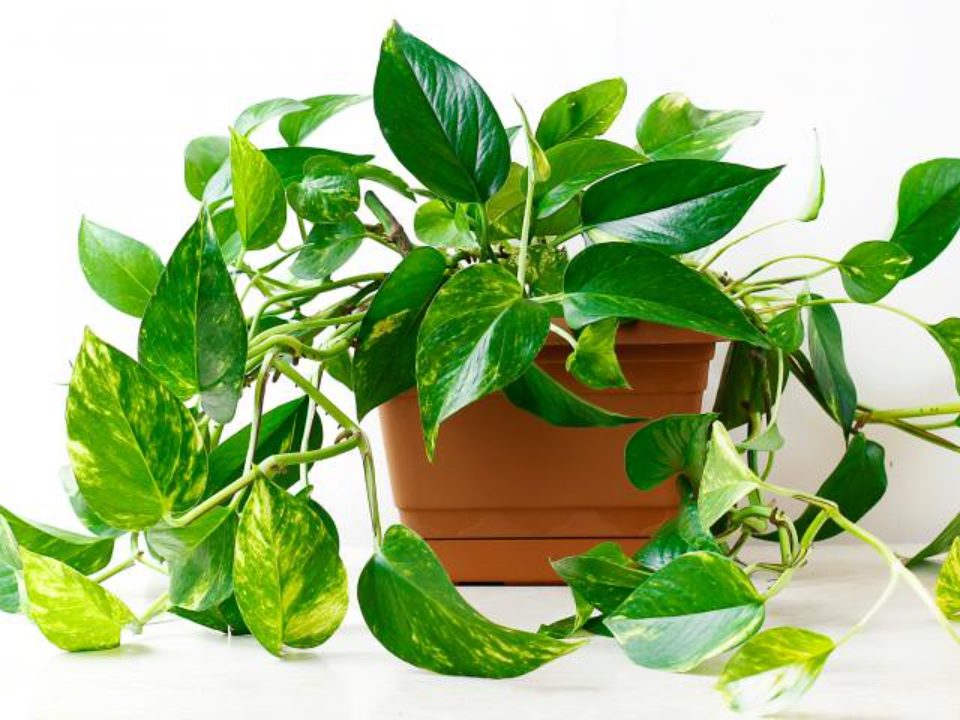
Golden Pothos is an incredibly low-maintenance plant that thrives in a variety of light conditions. It is excellent for reducing moisture levels in the air, helping to prevent condensation and mold growth. With its trailing vines and attractive green and yellow leaves, Golden Pothos can add a touch of elegance to any room.
This plant is also effective at purifying the air, absorbing toxins, and helping to reduce humidity. Golden Pothos requires minimal care, making it a great choice for homes with high moisture levels, such as bathrooms and kitchens.
African Violet
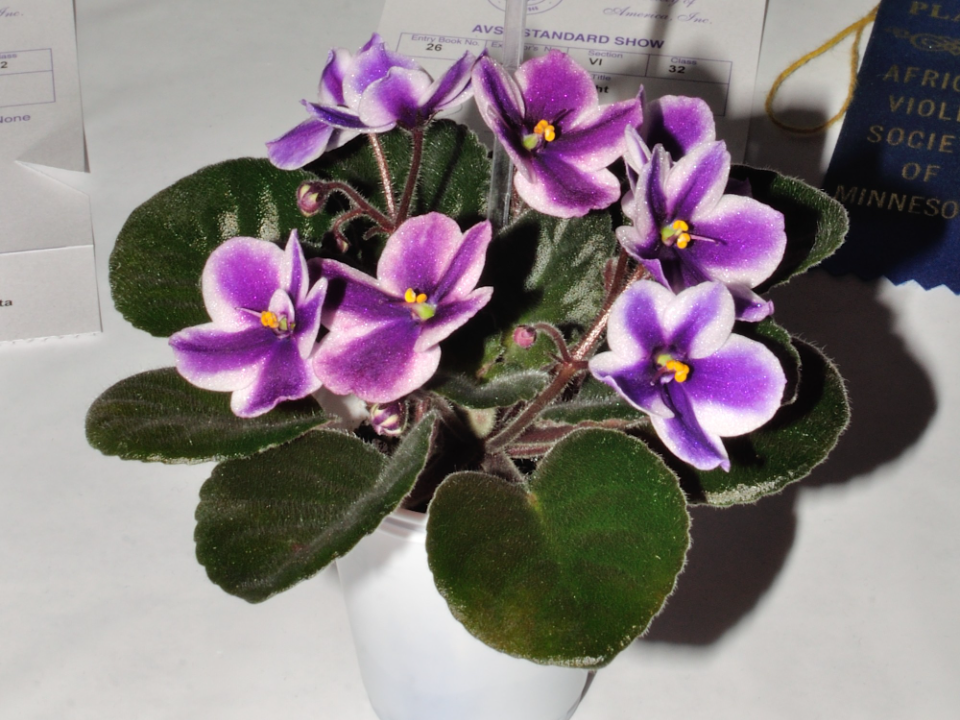
African Violets are beautiful flowering plants that are well-suited for indoor environments. They thrive in moderate light and are perfect for rooms with high humidity levels, as they help absorb excess moisture in the air. African Violets require regular watering and well-drained soil, making them easy to care for.
In addition to reducing moisture and preventing mold, African Violets also bloom with colorful flowers that can brighten any room. Their ability to thrive in humid conditions makes them an ideal plant for homes that experience condensation and moisture buildup.
This article originally appeared on Avocadu.
